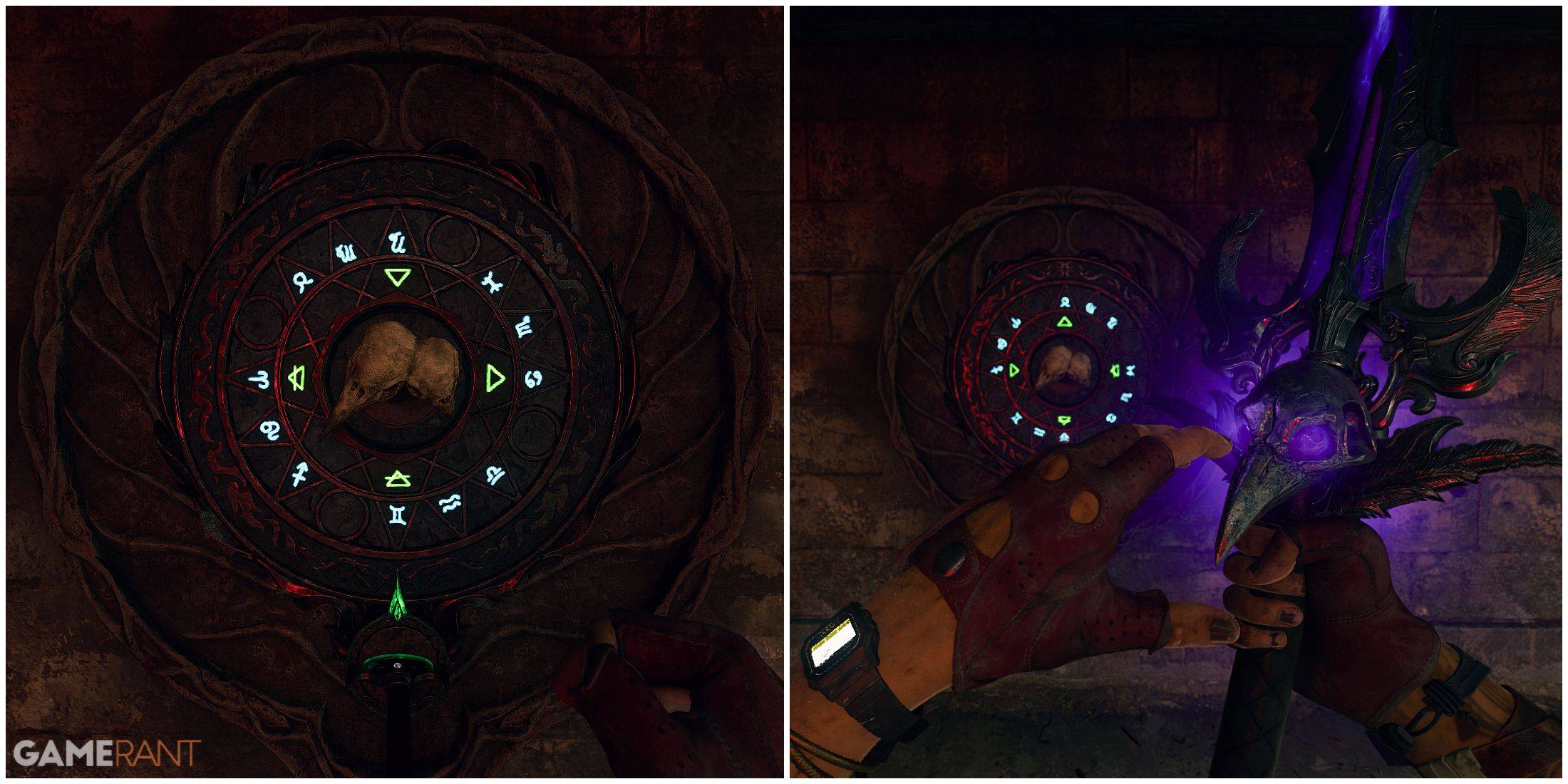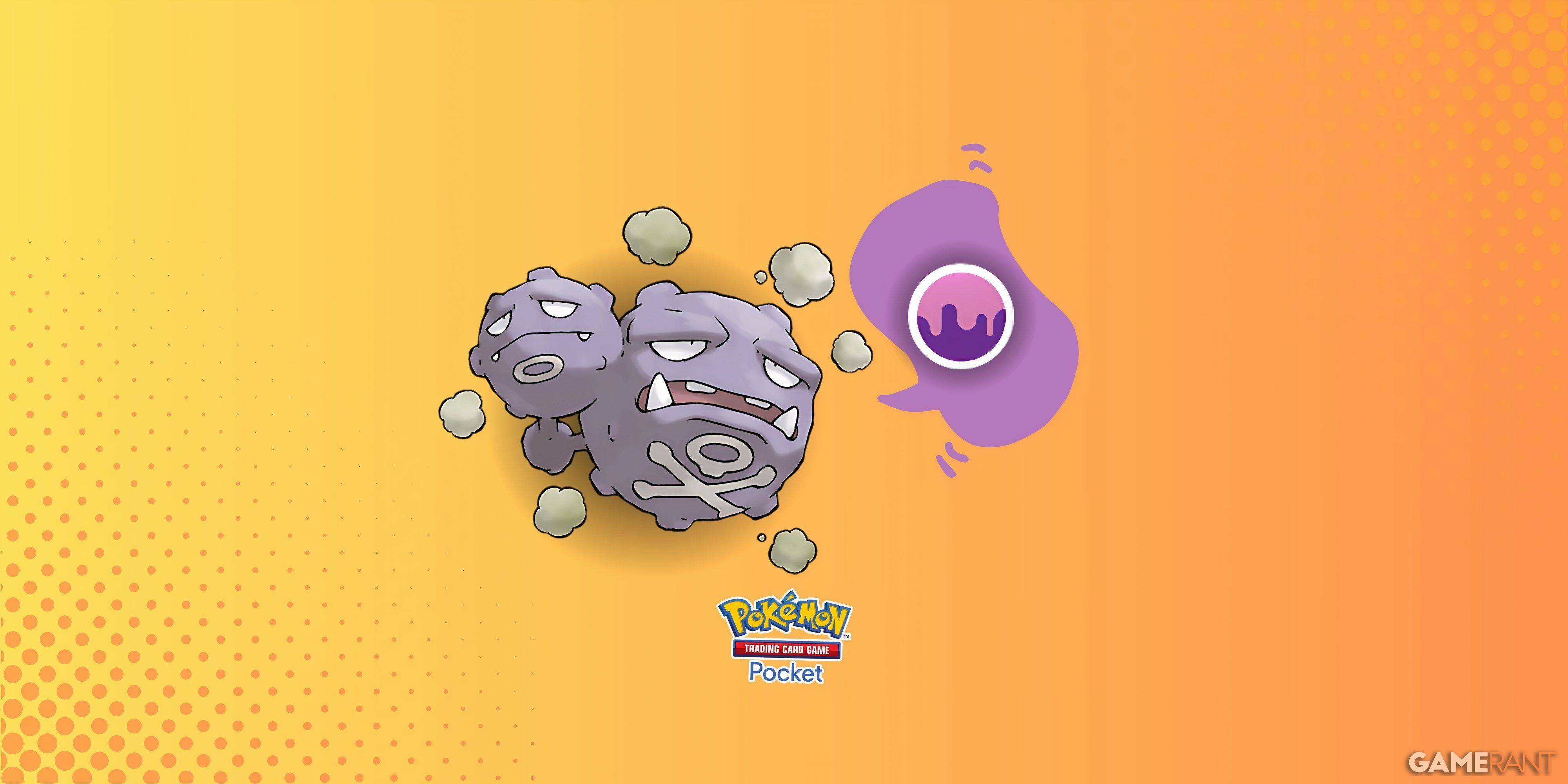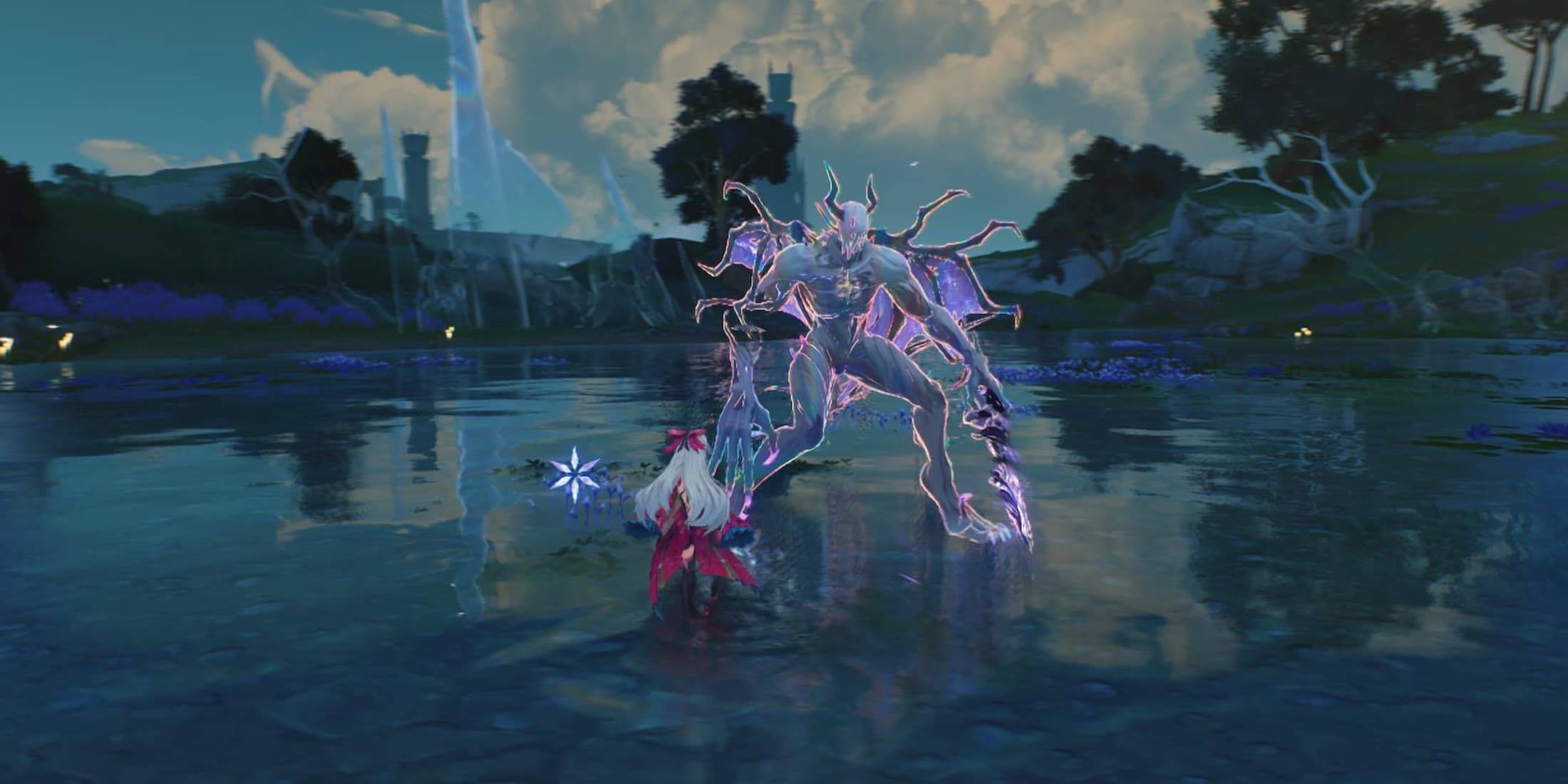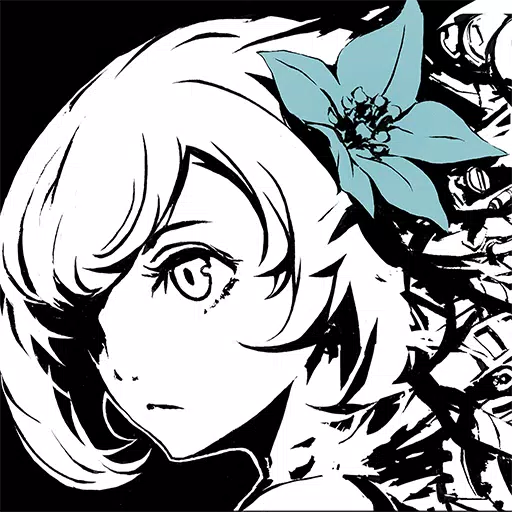Miller's Daredevil: Born Again Returns
The mid-1980s marked a golden age for Marvel, a period of both creative and financial success following the lean years of the late '70s. This era, fueled by the financial boost from the success of Star Wars, culminated in the release of 1984's Secret Wars, a landmark event with far-reaching consequences for the Marvel Universe and the comic book industry as a whole. Its impact reverberated through countless storylines and character arcs for years to come.
This period also saw the publication of other iconic stories, including Frank Miller's Born Again arc in Daredevil, the return of Jean Grey in X-Factor, and Walt Simonson's Surtur Saga in Thor, among many others. This article will delve into some of these pivotal storylines and explore their lasting impact.
More Essential Marvel
- 1961-1963 - The Birth of a Universe
- 1964-1965 - The Sentinels Are Born and Cap Dethaws
- 1966-1969 - How Galactus Changed Marvel Forever
- 1970-1973 - The Night Gwen Stacy Died
- 1974-1976 - The Punisher Begins His War on Crime
- 1977-1979 - Star Wars Saves Marvel From Bankruptcy
- 1980-1982 - Did the Dark Phoenix Saga Usher in the Greatest Decade for Marvel?
Frank Miller's Born Again and Walt Simonson's Surtur Saga
Among the era's most acclaimed storylines are Born Again, Frank Miller's triumphant return to Daredevil (with David Mazzuchelli on art), and Walt Simonson's Surtur Saga in Thor. Born Again, spanning Daredevil #227-233, is widely considered a definitive Daredevil tale. The story sees Karen Page, tragically addicted to heroin, selling Daredevil's secret identity to the Kingpin, leading to the systematic destruction of Matt Murdock's life. His subsequent fall from grace and eventual redemption, alongside the Kingpin's descent into fanaticism, creates a powerful and unforgettable narrative. This story's impact is evident in its loose adaptation in Season 3 of Netflix's Daredevil and its influence on the title of the upcoming Disney+ series, Daredevil: Born Again.
Walt Simonson, taking over writing and art duties on Thor in 1983 (#337), introduced Beta Ray Bill, an alien worthy of wielding Mjolnir. Simonson, considered a definitive Thor creator, infused the title with a strong sense of mythic fantasy. His masterpiece, the year-long Surtur Saga (#340-353), pits Thor, Loki, and Odin against the fire demon Surtur and his henchman, Malekith the Accursed, in a climactic battle for the fate of Asgard. Elements of this saga were later incorporated into Thor: The Dark World and Thor: Ragnarok.
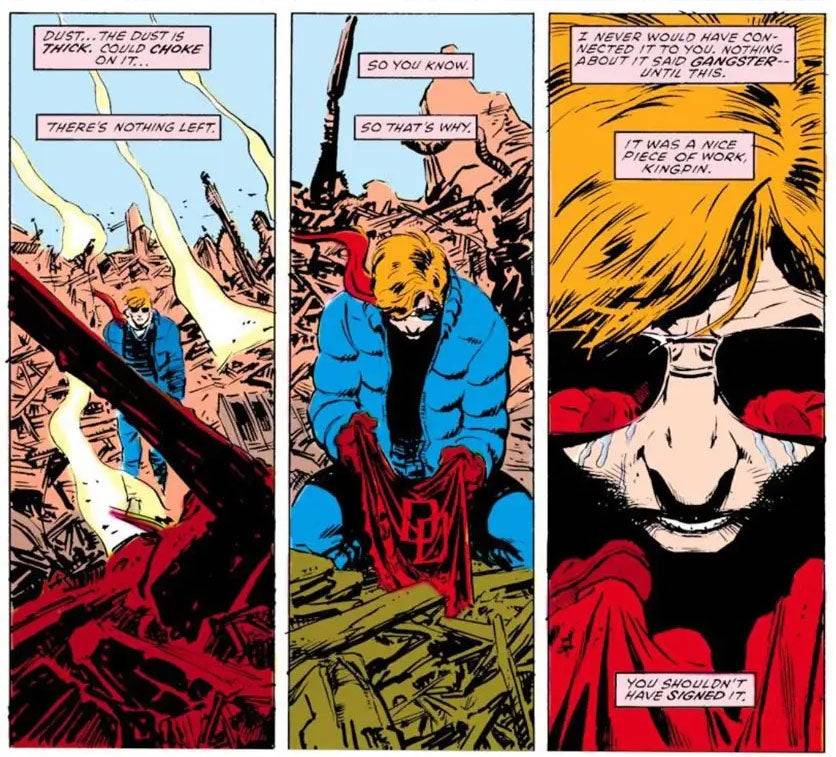
Secret Wars Changes Comics Forever
As discussed in Part 4 of this series, 1973's Avengers/Defenders War foreshadowed the rise of event crossovers. Secret Wars (1984), a 12-part miniseries written by Jim Shooter (then Editor-in-Chief), with art by Mike Zeck and Bob Layton, solidified this trend. Born from a marketing collaboration with Mattel, the story sees the Beyonder teleporting numerous Marvel heroes and villains to Battleworld for a contest of good versus evil. While the story itself is a mixed bag—featuring large-scale battles and plot setups for ongoing titles, along with some questionable character portrayals—its impact on the comic book landscape is undeniable. Its success spawned Secret Wars II and, alongside DC's Crisis on Infinite Earths, established the event crossover as a dominant publishing model for decades.
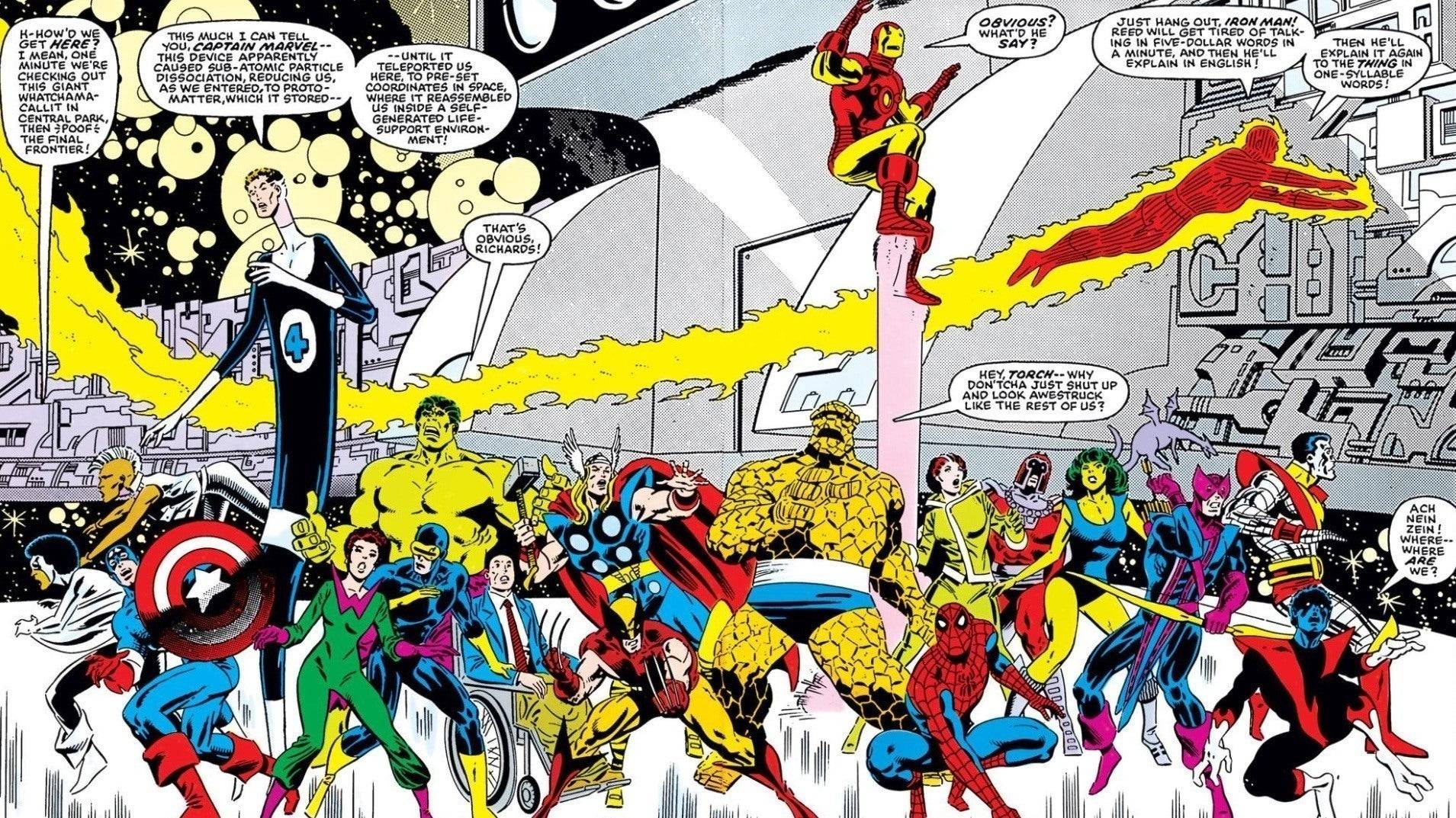
Spider-Man’s Symbiote Suit and Other Iconic Spidey Stories
Following the foundational runs of Stan Lee and Gerry Conway, Amazing Spider-Man found its next iconic writer in Roger Stern, who elevated the title to new heights. His most significant contribution was the introduction of the Hobgoblin in Amazing Spider-Man #238. Though his initial Hobgoblin saga was unfortunately cut short due to editorial interference, Stern later returned to resolve the storyline in the 1997 miniseries Spider-Man: Hobgoblin Lives. Amazing Spider-Man #252 marked another significant event: the debut of Spider-Man's black symbiote costume, later revealed to originate on Battleworld in Secret Wars #8. This introduction launched a long-running subplot that would lead to the creation of one of Spider-Man's most popular villains, Venom. The black suit remains one of Spider-Man's most iconic alternate looks, adapted numerous times in various media. Another significant Spider-Man story from this period is The Death of Jean DeWolff in Spectacular Spider-Man #107-110, a dark and impactful tale featuring Spider-Man's confrontation with the Sin-Eater and Daredevil.
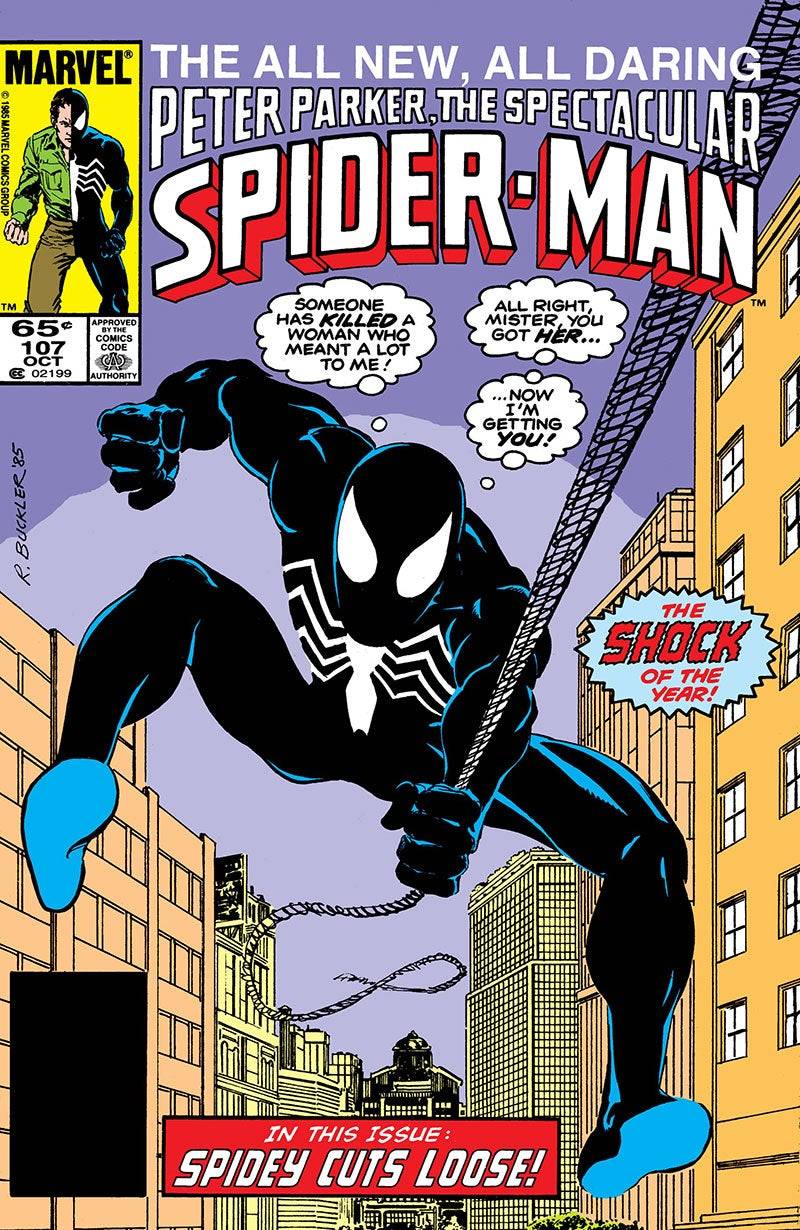
Jean Grey Returns, the Rise of Apocalypse, and Other Mutant Landmarks
The mid-1980s also saw major developments in the X-Men universe. Vision and the Scarlet Witch #4 revealed Magneto as the father of Quicksilver and Scarlet Witch, a backstory that remained canonical for decades. X-Men #171 featured Rogue's heroic turn, joining the X-Men after abandoning the Brotherhood of Evil Mutants, while X-Men #200 saw Magneto's own heroic transformation and subsequent leadership of Xavier's School for Gifted Youngsters. The resurrection of Jean Grey, spanning Avengers #263 and Fantastic Four #286, marked a significant event, leading to the formation of X-Factor. X-Factor #5-6 introduced Apocalypse, a powerful ancient mutant who would become a major X-Men antagonist.
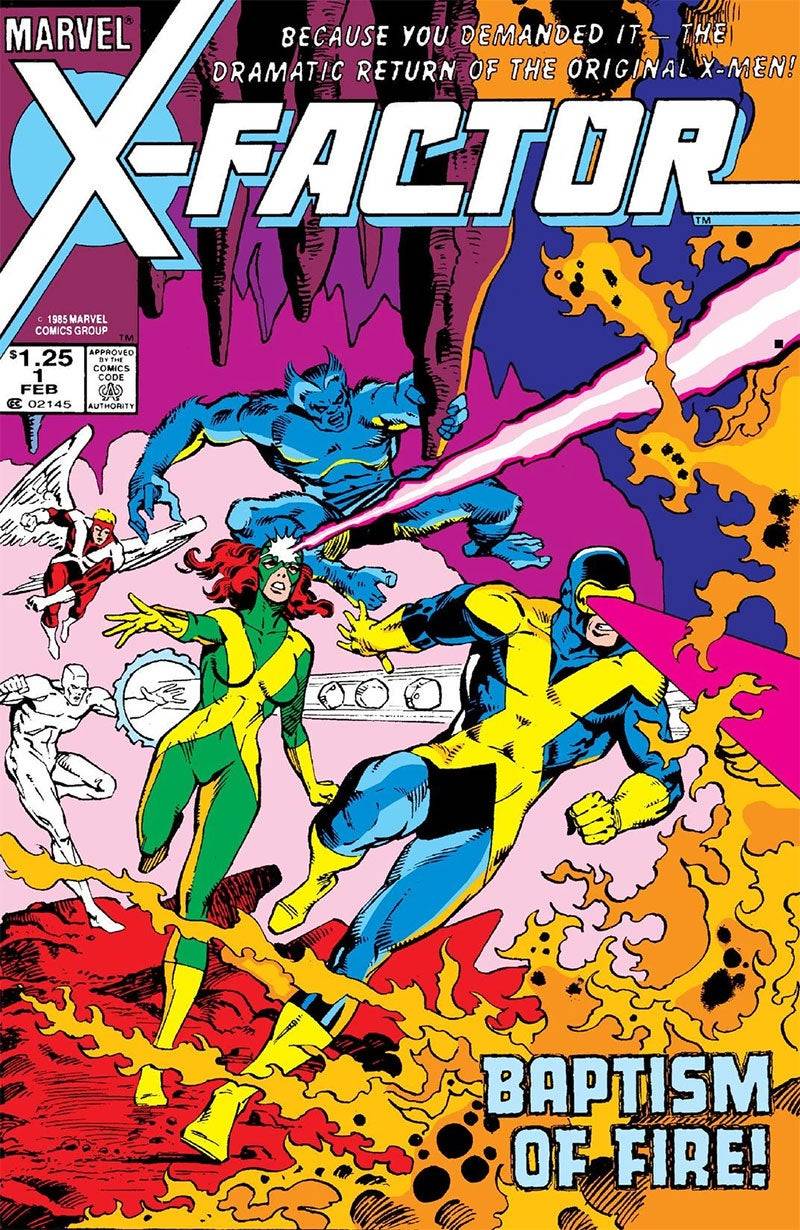
Latest Articles




![Taffy Tales [v1.07.3a]](https://imgs.anofc.com/uploads/32/1719554710667e529623764.jpg)






